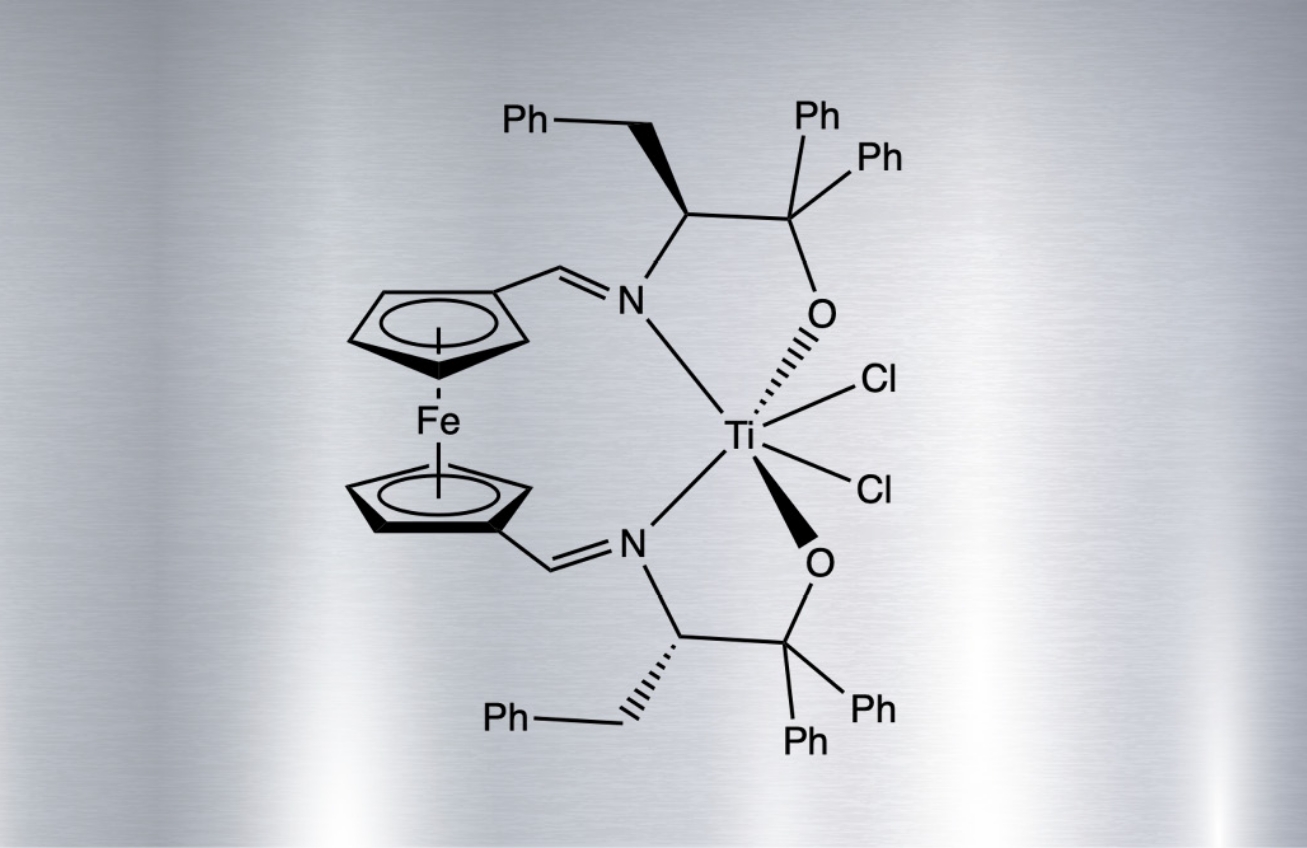Capstone Roundup
A selection of projects highlight Mudders’ research achievements.
From analyzing oceanic temperate forest trends to modeling gene enrichments in breast cancer, Harvey Mudd students shared their senior thesis research and course capstone projects at spring 2024 Presentation Days. Here we’ve selected a few projects that demonstrate Mudders’ research achievements. Discover more projects at Presentation Days 2024.
Chemistry
Forest Fires in Flux: Analyzing Trends and Influences on Oceanic Temperate Forests in a Changing Climate
Student: James Barrett
Advisor: Sarah Kavassalis, assistant professor of chemistry and climate
Climate change has significantly transformed fire regimes. Using satellite data and climate models, Barrett identifies fire incidence and severity trends in oceanic temperate forests—biomes once shielded from climate change due to their coastal location. Barrett’s study considers climatic and human influences on forest fires. Data visualization, statistical analysis, and policy quantification clarify the relationship between climate extremes, human activity and fire. Understanding these interactions enhances predictions of future fire activity and air quality impacts, informing forest management policies to safeguard these crucial ecosystems.
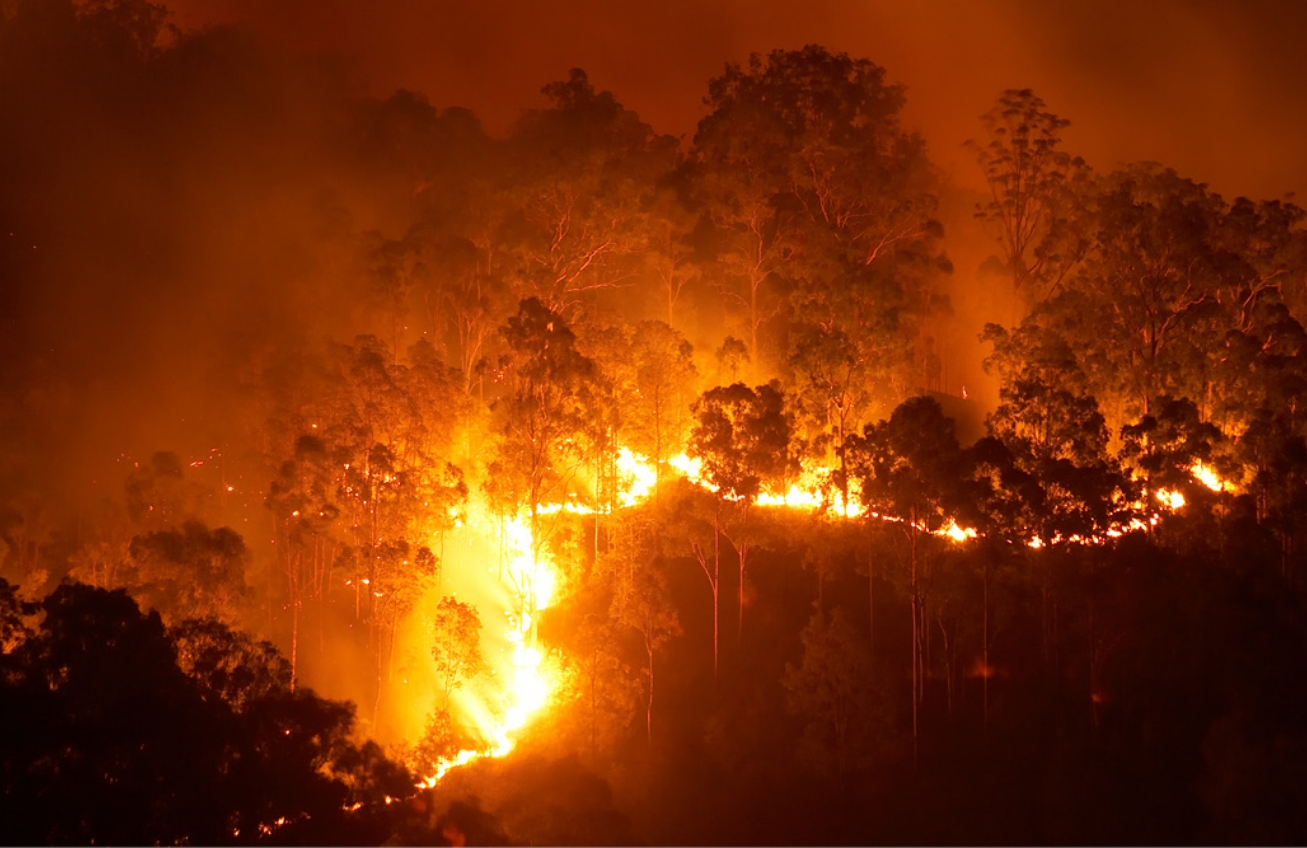
Biology
Spatially Modeling Gene Enrichments from Cell Morphology in Breast Cancer
Student: Cevi Bainton
Advisors: Matina Donaldson-Matasci, associate professor of biology; Cathy McFadden, Vivian and D. Kenneth Baker Professor in the Life Sciences
Breast cancer is a highly damaging disease that is hard to predict. Cancer development can be better understood by considering the genetic heterogeneity of tumor cells, but the new techniques that make this possible are expensive and hard to scale. Bainton predicts genetic status in space within a tumor based on cell images from a spatial transcriptomics data set in breast cancer.
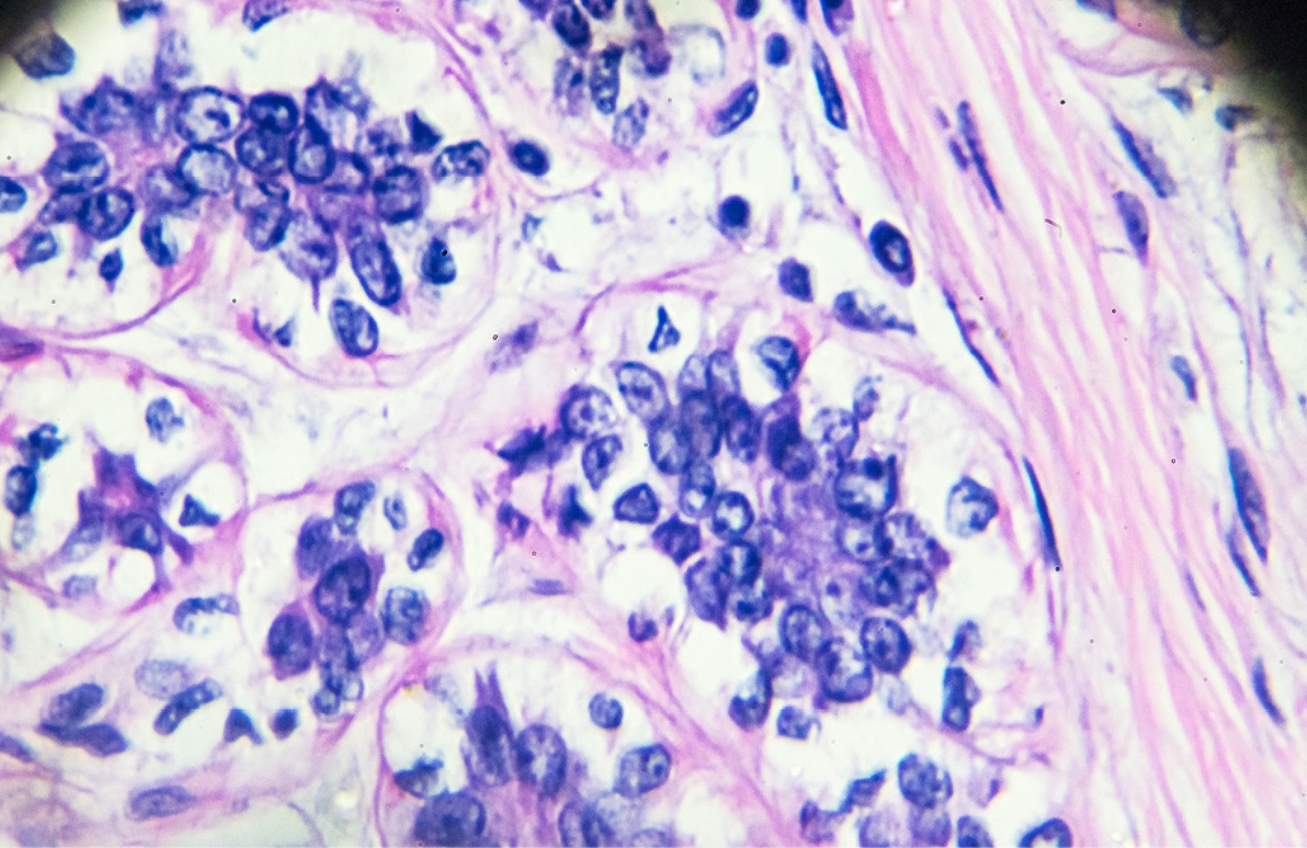
Shanahan Project
Smoke Mask Rescue Drone
Students: Dominick Quaye, Victor Shia
Students developed a custom drone technology that allows firefighters to deliver smoke inhalation masks to upper-floor apartment building residents during a fire. This is especially important for fires where a lower floor is consumed, as people in the floors above cannot be evacuated and smoke can rise through the building often suffocating them. The team customized the masks adding visual and auditory cues to users, made the battery quick-changeable for faster back-to-back mask deliveries, along with many other small upgrades.
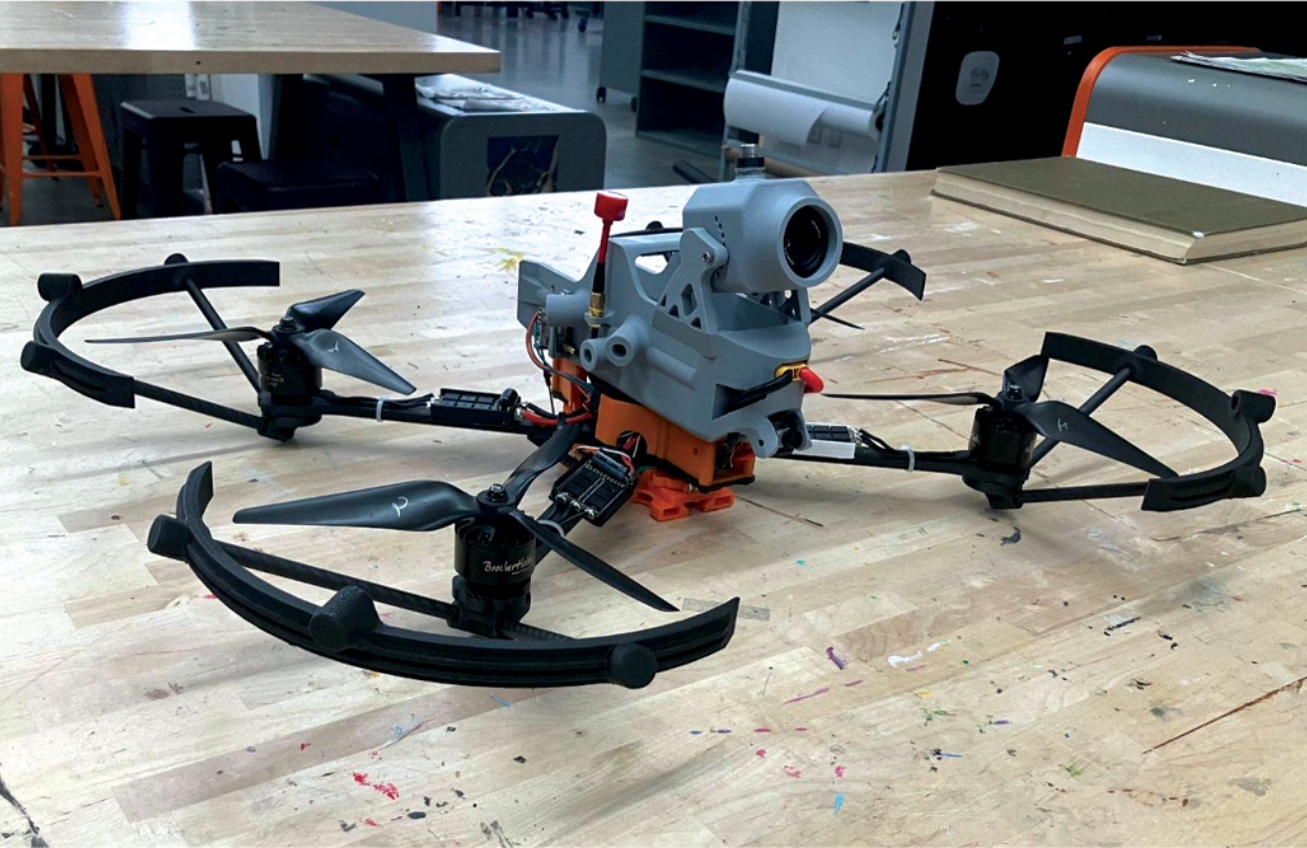
Mathematics
The Dual Boundary Complex of the Moduli Space of Cyclic Compactifications
Student: Toby Anderson
Advisors: Dagan Karp, professor of mathematics; Siddarth Kannan, UCLA
Moduli spaces provide a useful method for studying families of mathematical objects. Anderson studied certain moduli spaces of algebraic curves, which are generalizations of familiar lines and conics. He focused on the dual boundary complex of the moduli space of genus-zero cyclic curves. This complex is itself a moduli space of graphs and can be investigated with combinatorial methods. Remarkably, the combinatorics of this complex provides insight into the geometry and topology of the original moduli space. Anderson presented two topologically invariant properties of this space: its Euler characteristic and homotopy type.
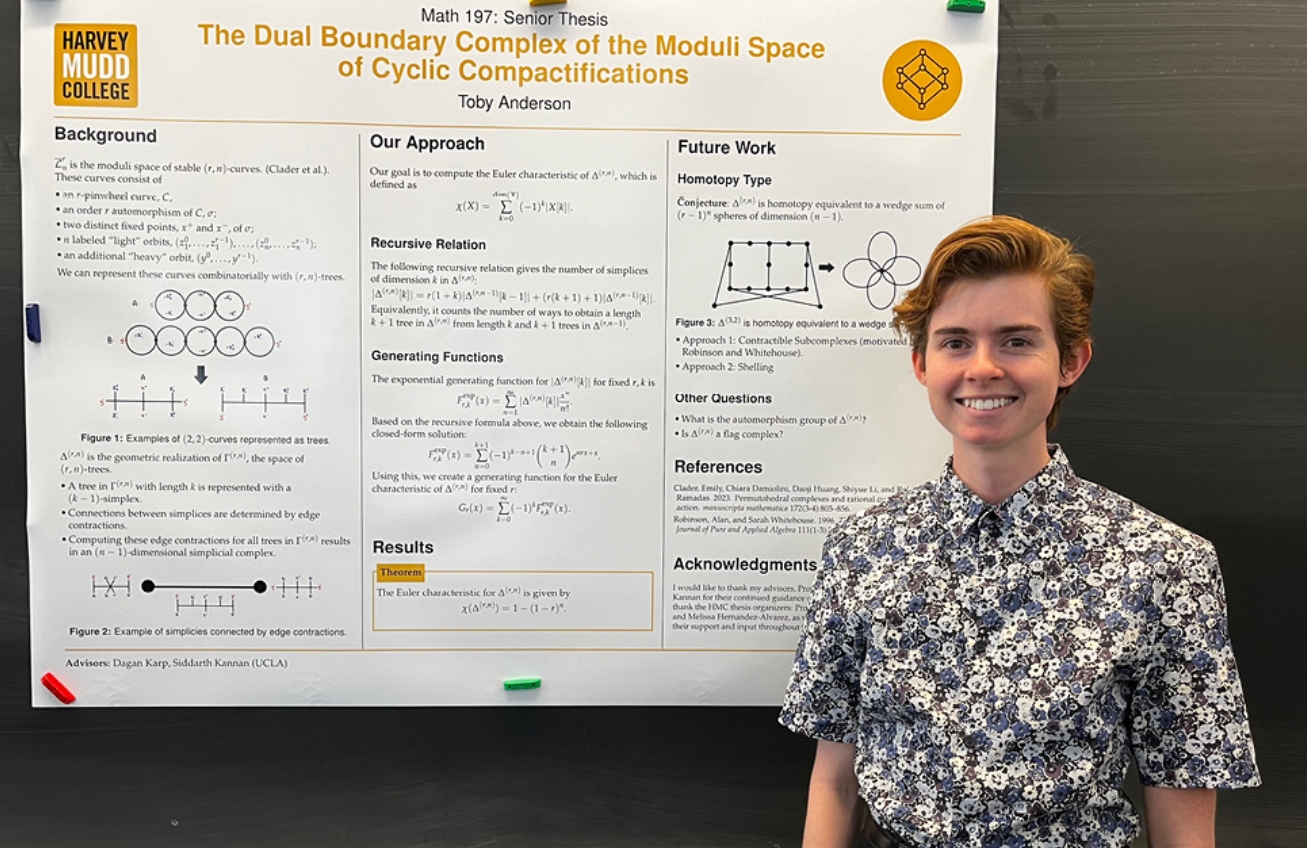
Physics
Toward a Uniform Distribution of Two-Qubit Mixed States
Student: Freya Derdeyn
Advisor: Theresa Lynn, professor of physics
In quantum information, operations often work as expected only for some quantum states. But it cannot be accurately determined for what fraction of two-qubit quantum states a particular operation works because there is no known uniform distribution over mixed states. The Bloch sphere provides a uniform distribution for one-qubit states, but this representation is not extensible to higher dimensions. Many authors have explored representations of two-qubit quantum states, but they have limited their attention to only pure states or subsets of mixed states. Derdeyn used a parametrization of two-qubit mixed states to move toward a uniform distribution over all two-qubit quantum states.
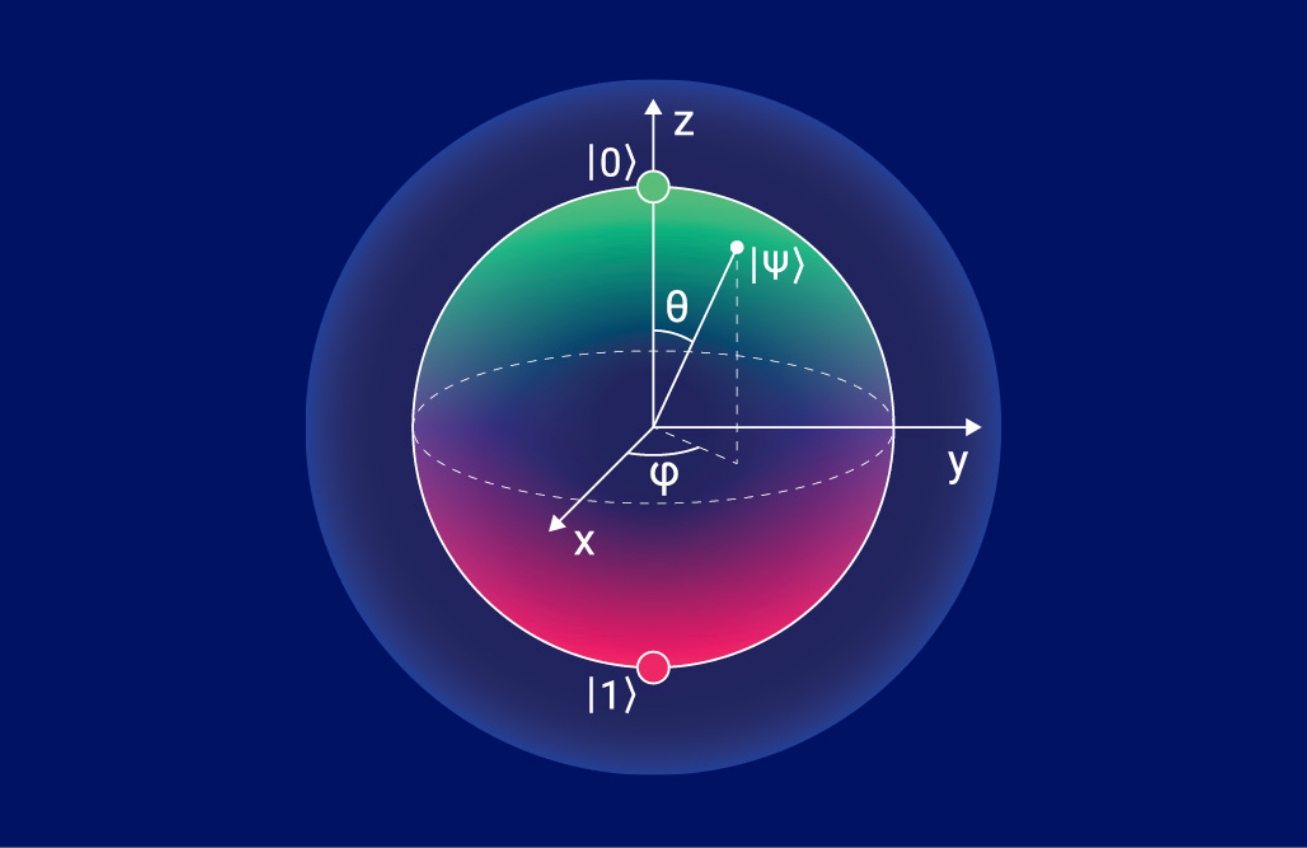
Chemistry
Synthesis of Chiral Titanium Complexes
Student: Jocelyn Sabin
Advisor: Adam Johnson, professor of chemistry
The Johnson lab has been interested in studying titanium-based catalysis because it has the potential to replace catalysts that rely on more expensive, less abundant metals like ruthenium, rhodium and palladium. This year, researchers synthesized eight new titanium complexes using four different amino-acid-derived ligands with a ferrocene core. Due to the structure of the ligands, the products have interesting geometry and chirality.
